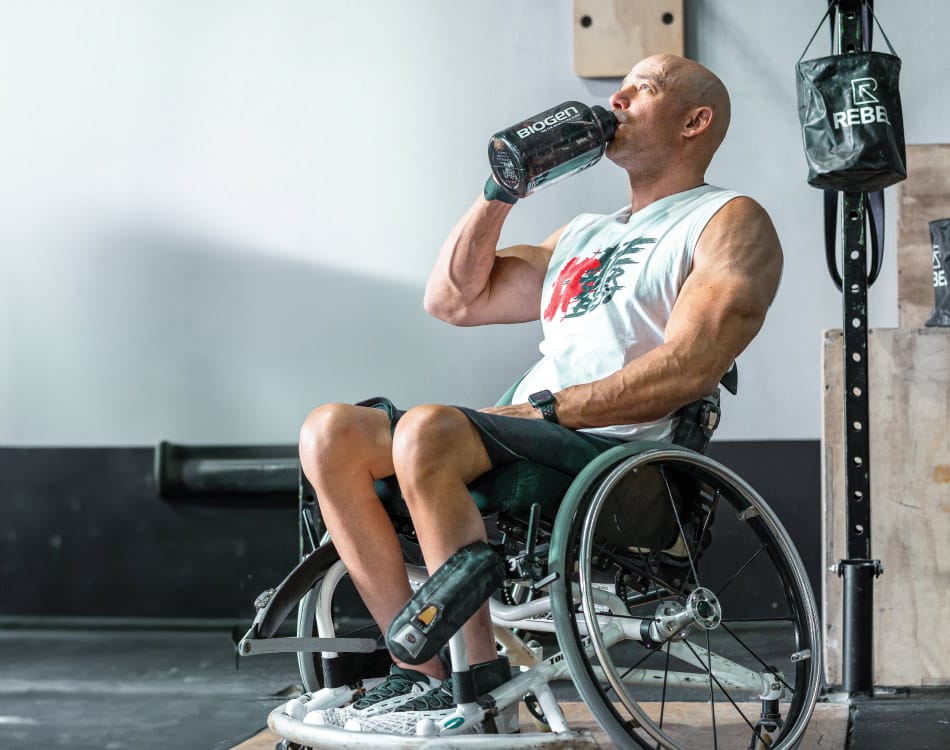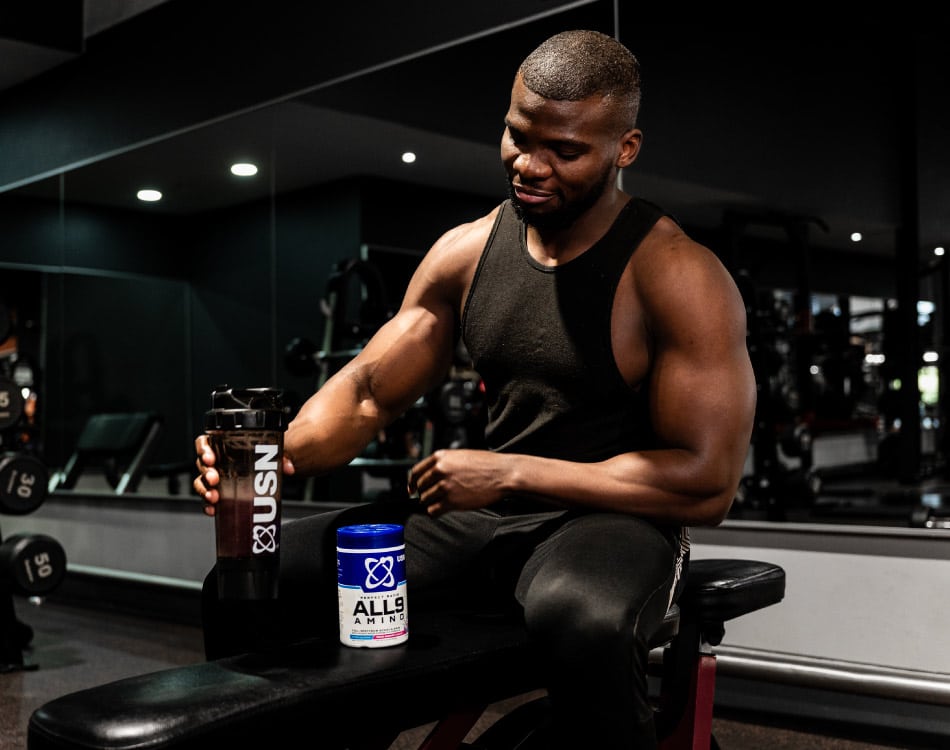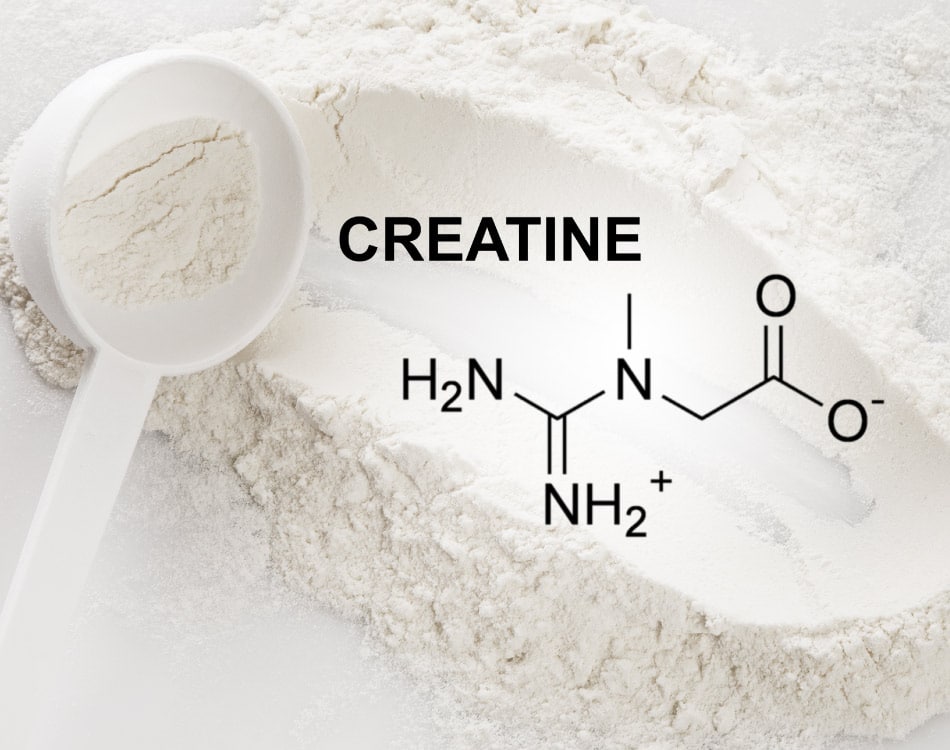According to conventional thinking in the gym, your ability build muscle and burn fat simultaneously is impractical – it’s why bodybuilders typically follow the ‘dirty bulk’ approach.
This method entailed a bulking phase that aimed to build muscle with a high calorie intake – mainly carbs and protein – and hard training, followed by a cutting cycle – a period of calorie-restricted eating to shed the fat while trying to hold onto as much muscle as possible.
The major problem with this approach is that maintaining muscle during the calorie-deficit is a serious challenge.
READ MORE | Take A Load Off: Research Challenges The “LIFT Heavy To Grow” Gym Paradigm
A high-protein approach
However, research has uncovered a different approach that may offer an alternative path to better conditioning.
A study1 conducted by researchers at McMaster University in Ontario, Canada and published in the American Journal of Clinical Nutrition, has highlighted how a high protein diet combined with a full-body workout routine.
In the study, the researchers recruited 40 overweight young males who were divided into two groups of 20. Both groups were required to eat a calorie-restricted diet that was cut by about 40% from maintenance levels.
However, their macronutrient ratios differed. One group ate roughly 15% protein, 35% fat and 50% carbohydrates. The other group followed a diet that consisted of 35% protein and 15% fat. The percentage of carbohydrates supplied remained the same.
The researchers manipulated these ratios by supply the high protein group with a drink that consisted of low-fat milk mixed with whey protein, while the low-protein group received a high-fat milk drink.
The high-protein group received about 2.4g of protein per kilogram of body weight (g/kg), versus 1.2 g/kg for the other group.
Both groups engaged in a high-intensity resistance training programme six days a week, for a total of four weeks.
The training consisted of four full-body weight training circuits that involved back-to-back compound exercises with very little rest between sets. The other two days involved high-intensity sprint intervals and a time trial.
READ MORE | Pick Your Protein: We Compare Whey And Plant Protein Supplement Options
The research results
By the end of the study, all participants lost weight – between 4.9 to 5.5kg on average – but there were major differences in body composition.
Participants who followed the high-protein diet gained an average of about 1.3kg of muscle during the study, while the low-protein group lost fat and a negligible amount of muscle.
This is significant. It means that those on a high-protein diet also lost more total fat (due to the net gain in muscle). When accounting for the gain in weight from muscle, they lost a total of between 6.2-6.8kg of fat.
This full-body training approach, when combined with the high-protein diet, learly accomplished the dual goals of adding muscle and burning fat remarkably well. However, the researchers pointed out that it was not as easy as it seems.
READ MORE | Support Your Fat-Loss Efforts With Protein
Not a long-term solution
Dr Stuart Phillips, a director at the McMaster Centre for Nutrition, Exercise, and Health Research, and a professor in the Department of Kinesiology, who oversaw the study, said that by the end, all the participants could talk about was food.
Unsurprisingly, none of the participants were willing to continue with this approach, which means it “is not a sustainable programme in the long term,” said Dr. Phillips.
He suggests that this approach is best augmented into a more balanced long-term approach as “a kind of boot camp”.
As such, if you looking for a beneficial way to build muscle and lose fat simultaneously, then adding a 4-12 week cycle of elevated protein intake (keep total calorie intake the same or create a slight deficit) combined with a full-body weight training programme with some high-intensity sprints may deliver the results you’re after.
References
-
Am J Cln Nutr; Higher compared with lower dietary protein during an energy deficit combined with intense exercise promotes greater lean mass gain and fat mass loss: a randomized trial. 2016 Mar;103(3):738-46. doi: 10.3945/ajcn.115.119339. Epub 2016 Jan 27.













